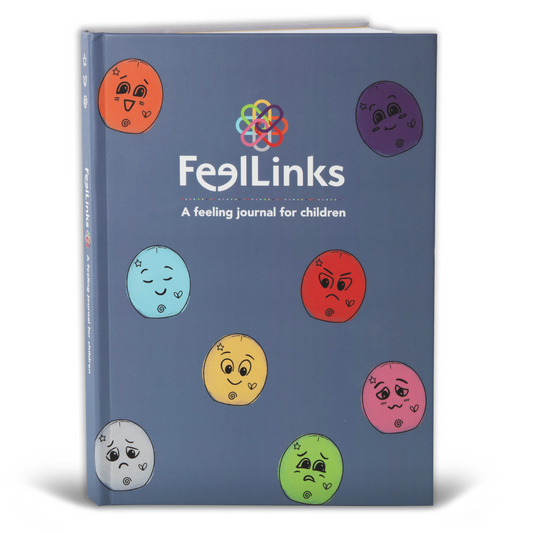Nurturing Children’s Emotional Development: Honoring Their Feelings
Share

Children are incredible beings, capable of experiencing a wide range of emotions from their very first moments of life. From joy and excitement to fear and sadness, their emotional landscape is wide and diverse.
As adults, it is our responsibility to understand and support children's emotional development - creating a safe and nurturing environment where they can freely express themselves. Let's dive into the world of children’s emotions, exploring how they perceive and share their feelings in the early years and how we, adults, can honor those feelings.
1. Complex Emotions of Children:
Contrary to popular belief, children’s emotions are intricate and nuanced. At a young age, they may not possess the vocabulary or cognitive skills to articulate their feelings clearly, but their emotions are just as valid and powerful as those of adults. Anger, happiness, fear, sadness, and surprise are just some of the common emotions children experience - often in response to everyday situations. It is crucial to acknowledge and validate their emotions, providing them with the necessary tools to navigate their feelings in healthy ways.
2. Non-Verbal Communication:
Since young children may not possess the verbal skills to express their emotions effectively, they often rely on non-verbal cues to communicate their inner emotions. Facial expressions, body language, and gestures become their means of communicating those feelings of joy, frustration, or discomfort. As caregivers, parents, or educators, it is important to be observant and attuned to their non-verbal signals, enabling us to respond appropriately and support them in times of need.
3. Developing Emotional Intelligence:
Emotional intelligence is a crucial life skill that allows individuals to recognize, understand, and manage their emotions effectively. By fostering emotional intelligence from an early age, we empower children to express their feelings constructively and build resilience. Engaging in open conversations, actively listening to their concerns, and teaching problem-solving skills, will help children develop a strong emotional foundation that benefits them throughout their lives.
4. Encouraging Emotional Expression:
Creating a safe and supportive environment where children feel comfortable expressing their emotions is paramount. Encourage open dialogue, where they can share their feelings without fear of judgment or punishment. Art, play and writing, are just some of the effective tools to encourage self-expression in young children. FeelLinks resources support these very effective ways of expressing ones emotions. As adults, when we validate their emotions and providing guidance, we enable them to develop healthy coping mechanisms and enhance their emotional well-being.
5. Managing Tough Emotions:
Just like adults, children also experience tough emotions such as anger, sadness, and frustration. As adults, our role is to teach them appropriate ways to manage and express these emotions. Engaging in calming techniques like deep breathing, providing a safe space for opening up, or engaging in physical activities, can all be very helpful. By modeling healthy emotional regulation ourselves, we show children the importance of managing emotions constructively.
Understanding and supporting children’s emotional development is crucial for their overall well-being. By creating an environment that encourages emotional expression and equipping them with the necessary tools to navigate their emotions, we empower children to develop emotional intelligence and resilience.
Remember, their emotions are valid and should be acknowledged with empathy and understanding. Together, let us nurture young minds and help them grow into emotionally healthy individuals, capable of embracing life’s ups and downs with confidence.





